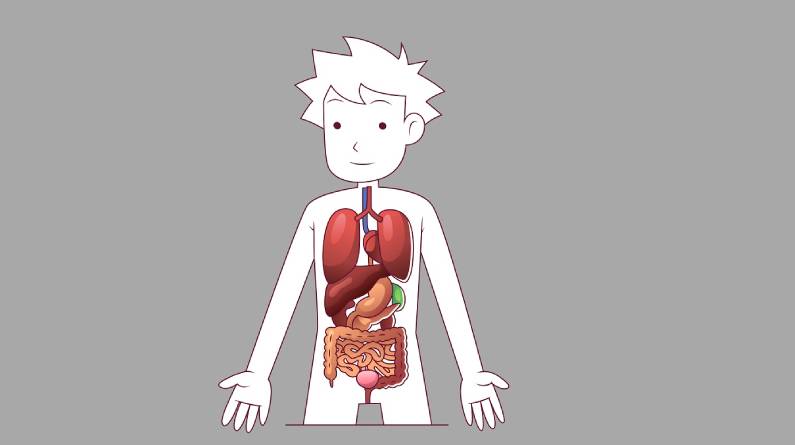Exocrine Glands: The Body’s Unsung Heroes
Exocrine glands are a vital part of our bodily functions, responsible for secreting substances directly onto the skin or other epithelial tissues. These glands play a crucial role in various bodily functions, including digestion, temperature regulation, and overall health.
What are Exocrine Glands?
Exocrine glands are distinct from endocrine glands, which secrete substances into the bloodstream. Exocrine glands, on the other hand, secrete substances directly onto the skin or other epithelial tissues. Examples of exocrine glands include:
– Salivary glands
– Sweat glands
– Mammary glands
– Lacrimal glands (tear glands)
– Sebaceous glands
– Prostate gland
– Mucous glands
Structure of Exocrine Glands
Exocrine glands consist of two main parts: the glandular portion and the duct portion. The glandular portion can be tube-like, alveoli-like sacs, or branched, while the duct portion can be branched or unbranched. Unicellular exocrine glands secrete their products directly onto the surface of the lining or epithelium, while multicellular exocrine glands release their products through a duct onto the surface of the epithelium.
Types of Exocrine Glands
Exocrine glands can be classified based on their method of secretion:
– Merocrine secretion: This type of secretion involves the release of products through an energy-dependent process. Examples include pancreatic acinar exocrine cells.
– Apocrine secretion: This type of secretion involves the release of products through the budding off of the cell membrane.
– Holocrine secretion: This type of secretion involves the release of products through the disintegration of the entire cell. Examples include sweat glands and nasal mucous glands.
Products Secreted by Exocrine Glands
Exocrine glands secrete a variety of products, including:
– Proteins and enzymes: Secreted by serous cells, such as gastric chief cells of the stomach.
– Mucus: Secreted by mucous cells of the food pipe, pyloric glands, and Brunner’s glands.
– Sebum: Secreted by sebaceous glands.
Examples of Exocrine Glands and Their Products
Some examples of exocrine glands and their products include:
– Tear glands (lacrimal gland): Secrete tears to lubricate the eyes.
– Salivary glands: Secrete fluid with digestive enzymes.
– Mammary glands: Secrete milk.
– Pancreas: Secrete pancreatic juice and digestive enzymes directly into the stomach.
– Liver: Secrete bile that contains salts and digestion substances.
Conclusion
Exocrine glands play a vital role in maintaining our overall health and well-being. By understanding the different types of exocrine glands and their functions, we can appreciate the complexity and beauty of the human body.
References:
http://www.histologyguide.org/slidebox/12-exocrine-glands.html

